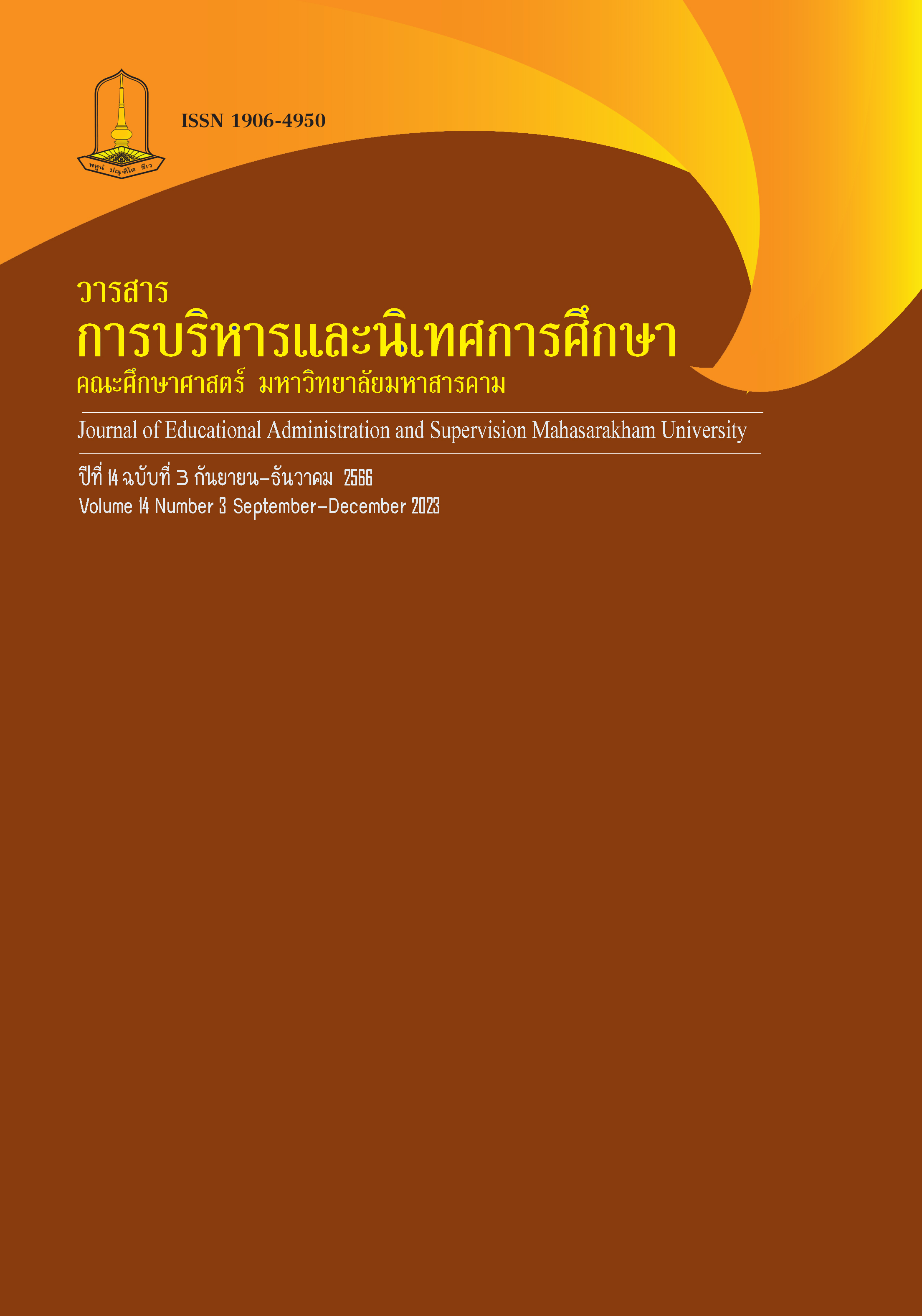The frequency and functions of Teachers’ use of L1 in EFL classrooms The frequency and functions of Teachers’ use of L1 in EFL classrooms
Main Article Content
บทคัดย่อ
This paper reports the frequency and functions of L1 teachers used in EFL classrooms. A questionnaire was used to collect data from 115 EFL teachers working in primary and secondary schools in Thailand. The findings showed that the teachers’ years of teaching had an impact on their responses. The teachers with less experience never used L1 in dealing with classroom management problems in class and in giving individual help to learners. They also never used L1 to explain feedback and explain learners’ errors. The more experienced teachers never used L1 for many more situations. The findings have implications for approaches to EFL classrooms and further discussion on reflective teaching practices.
Downloads
Article Details
เอกสารอ้างอิง
Alshehri, E. (2017). Using learners’ first language in EFL classrooms. IAFOR Journal of Language Learning, 3(1), 20-33, From 10.22492/ijll.3.1.02
Butzkamm, W., & Caldwell, J. (2009). The bilingual reform: A paradigm shift in foreign language teaching. Tubingen: Narr Verlag Tübingen.
Cook, V. (2001). Using the first language in the classroom. Canadian Modern Language Review, 57(3), 402–423.
García, O., & Kleyn, T. (2016). Translanguaging theory in education. IN O. García & T.
Hall, G., & Cook, G. (2013). Own-language use in ELT: Exploring global practices and attitudes. ELT Research Paper, British Council, London.
________________. (2012). Own-language use in language teaching and learning: State of the Art. Language Teaching 45/3: 271–308.
Kleyn (Eds.) Translanguaging with multilingual students (pp23-47). New York: Routledge.
Kohi, M., & Suvarna Lakshmi, G. (2020). Use of L1 in ESL/EFL classroom: Multinational teachers’ perceptions and attitudes. International Journal of English Language & Translation Studies, 8(3). 88- 96.
Limtrairat, O., & Aksornjarung, P. (2015). Thai L1 use by Thai teachers in upper secondary EFL classrooms. International Humanity Social Science And Art, 8(5), 11-36.
Littlewood, W., & Yu, BH. (2011). First language and target language in the foreign language classroom. Language Teaching, 44, 64–77, From 10.1017/S0261444809990310
Liu, Y., & Zeng, A. (2015). Loss and gain: Revisiting the roles of the first language in novice adult second language learning classrooms. Theory and Practice in Language Studies, 5(12), 2433–2440.
Macaro, E. (1997). Target language, collaborative learning and autonomy. Clevedon: Multilingual Matters.
Macmillan, B., & Rivers, D. (2011). The practice of policy: Teacher attitudes toward ‘English-only’. System, 39(2), 251–263, From 10.1016/j.system.2011.04.011
Nanda, D. (2021). Investigating the teachers’ perceptions toward the use of L1 in teaching English. Journal of Language Teaching and Learning, Linguistics and Literature, 9 (1), From 10.24256/ideas.v9i1.1769
Orfan, S., & Noori, A., (2022). First language use in EFL classes. Research Square, 1-18, From org/10.21203/rs.3.rs-1472524/
Tanrıseven, U. ( 2021 ). An investigation into the teachers’ use of L1 in EFL Classes. International Journal of Education, 9 (2), 125-131.
Tian, L., &Hennebry, M. (2016). Chinese learners’ perceptions towards teachers’ language use in lexical explanations: A comparison between Chinese-only and English-only instructions. System, 63, 77–88.
Wei, L. (2018). Translanguaging as a practical theory of language. Applied Linguistics, 39 (1): 9–30, From org/10.1093/applin/amx039
Zhao, T., &Macaro, E. (2016). What works better for the learning of concrete and abstract words: Teachers’ L 1use or L 2-only explanations? International Journal of Applied Linguistics, 26 (1), 75–98, From 10.1111/ijal.12080.14 J.-Y. SHIN ET AL.


